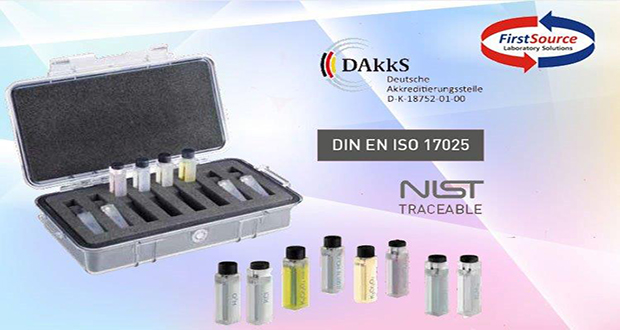USP focuses on novel approaches for creating standards that are useful for the manufacture of the growing array of complex biologics. Validation and verification of analytical procedures both play a critical role in a manufacture’s quality control activities in the laboratory. The USP-NF provides guidance on validating non-compendia procedures. USP 857 has been a compulsion from 1st May 2016. They mainly focus on the verification of the stray light and the spectral resolution, where specific filters are recommended for each respective verification.
How can we check these key parameters are within specification?
Initially find out and record the manufacturer’s specification for your spectrophotometer. Suppose it is old or had a tough working life it may be impossible to achieve the performance of a new instrument, but carrying out these tests will help identify if it is still fit for purpose; while repeating these tests on an on-going basis will show any further deterioration and indicate when it eventually needs to be replaced. The tests can be either carried out on a scanning spectrophotometer or on a non-scanning instrument. The performance verification tests are carried on four major parameters.
- Checking Stray Light
- Spectral Band width (SBW)
- Wavelength Accuracy
- Photometric Accuracy
Stray Light– It is measured by blocking all the wavelengths below a specified level and ensuring that the Absorbance value rises rapidly to its maximum value, or in Transmittance that it falls to a minimum. There are three different filters that are commonly used; one of these can be selected depending on how deep into the UV range you are normally working. All filters, including the purified water reference, should have valid and traceable certification. The three liquid filters most commonly used are:
- Sodium Nitrite (NaNO2) with a cut off at 385nm
- Sodium Iodide (NaI) with a cut off at 259nm
- Potassium Chloride (KCl) with a cut off at 200nm
Spectral Band width (SBW) – In this case testing is done by using a mixture of Toluene (0.02%) in Hexane against a Hexane blank. A scan between 275 and 260nm reveals a peak around 269nm and a valley around 266nm. The ratio of the absorbance of the peak to the absorbance of the valley indicates the spectral band width of the instrument. Always refer to the documentation supplied with the standards to confirm the actual relationships to use. A typical table for the conversion of the ratio to a SBW is shown in Figure.
| Calculated Ratio | Typical SBW |
| <1.0 | 4nm |
| 1.0 to 1.1 | 3nm |
| 1.3 to 1.4 | 2nm |
| 1.6 to 1.7 | 1.5nm |
| 1.9 to 2.0 | 1nm |
| 2.2 to 2.3 | 0.5nm |
| >2.3 | 0.25nm |
While using spectrophotometers with a variable slit width this reduce the SBW and also the overall intensity of the light beam, so to improve the resolution select the optimum setting for these two conflict as an important part of the method development on this type of instrument.
Wavelength Accuracy- This can be done in number of ways but with each of them it is important to check at several points across the full wavelength range; selecting the most suitable reference material for achieving this is the first objective. The most commonly used filters in this method are:
- Holmium Oxide in Perchloric Acid at wavelengths from 241
- to 640nm
- Holmium Glass Filter at wavelengths from 279 to 638nm
- Didymium Glass Filter at wavelengths from 329 to 875nm
Absorbance Accuracy- This is checked either by using neutral density (ND) glass filters or certified solutions of Potassium Dichromate. In case of ND filters it cover a broad range of absorbance values and three or four of these should be used to check specific absorbance values, and ensure the linearity and dynamic range of the spectrophotometer to meet the manufacturer’s specification. These filters give a relatively flat response across the wavelength range from 400 to 800nm but will have absorbance values certified at specific wavelengths. On the other hand, Potassium Dichromate liquid filters offer up to five absorbance values at specific wavelength peaks and troughs from 235 to 430nm. Using filters with different concentrations can give a good indication of linearity as well as wavelength accuracy. It can also measure across 200 to 550nm wavelength range.
Specifications for particular instruments and applications can vary depending on the analytical procedure used and the desired accuracy of the final result. Instrument vendors often have samples and test parameters available as part of the IQ/OQ package. A certified reference materials (CRMs) are to be used in preference to laboratory-prepared solutions. These CRMs should be obtained from a recognized accredited source and include independently verified traceable value assignments with associated calculated uncertainty. CRMs must be kept clean and free from dust. Recertification should be performed periodically to maintain the validity of the certification.
To purchase Hellma Filter Set and to know more about these products please log on to https://www.firstsourcels.com
 FirstSource Laboratory Solutions Official Blog First Indian Scientific Online Shop
FirstSource Laboratory Solutions Official Blog First Indian Scientific Online Shop

